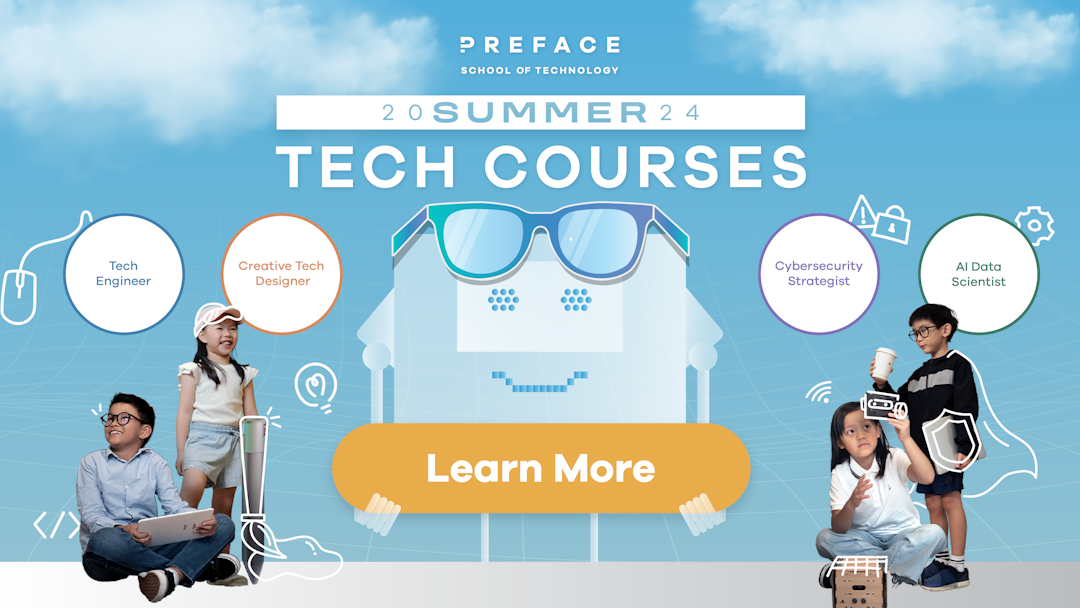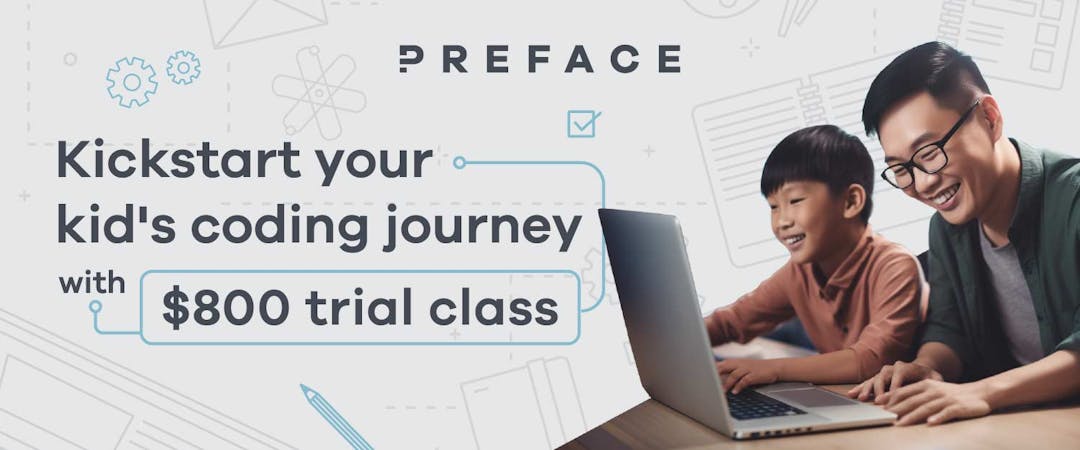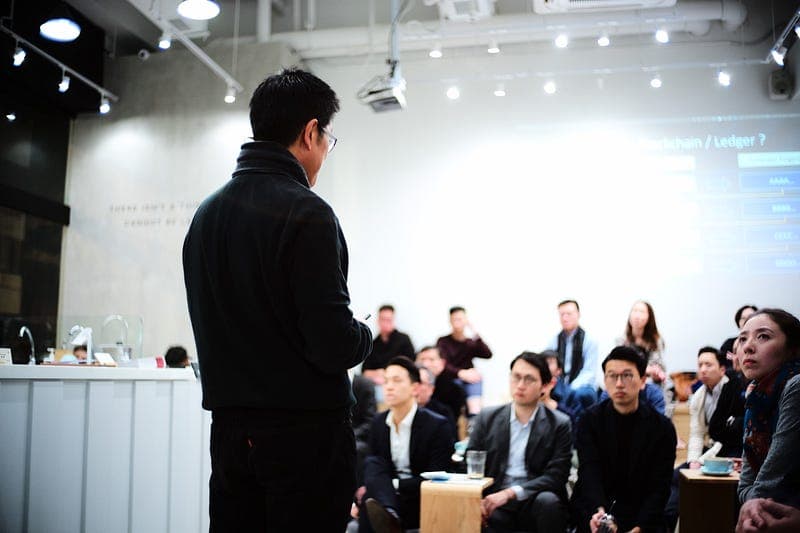
Image credit: Engadget
Over the past century, fiendish sci-fi plots like The Terminator or The Matrix have always portrayed scenarios where sophisticated AIs end up manipulating the human race. Coupled with the idea of robots and computers taking over a multitude of our jobs, incremental AI developments have widely been perceived as menaces that bring future sufferings.
However, instead of worrying about job replacements, Preface celebrates the impending displacements of tasks with the impact of new technologies. The automation of repetitive tasks is a key advantage of implementing such technologies, leaving humans with greater capacity to deal with higher-level tasks, resulting in the facilitation of efficiency and innovations.
One pick for innovative concept is Toyota’s e-Palette, an on-demand city platform with autonomous and multipurpose driverless shuttles serving across the city. These shuttles have an open interior design layout that enables companies of all kinds to use them in accordance with users’ needs, whether it be mobile meeting rooms, retail outlets, restaurants, emergency medical clinics, on-the-road e-commerce or more. Imagine being able to call up a mobile fitting room before placing an order on online shopping sites — no longer will you buy goods that do not match your expectations and have so much hassle returning them. Its flexible framework empowers businesses with mobility and resource optimization, while supporting their customers’ lifestyles with better convenience, productivity and efficiency. Yet, other potential benefits are there to be explored in the real world.
Statistically, 47% of digitally mature organisations have a defined A.I. strategy. — Adobe
In 2019, we are going through a significant transition from an information-driven era to an AI-powered age. The problem of information overload has been forcing us to change our behaviour, from receiving information passively to having quality learning experience. With the advancement of AI, machines can assist us by handling vast amount of behavioural data and suggest us personalised recommendations accordingly. Just as the case of Toyota’s e-Palette, the Education field deserves to undergo the same intensity of revolution for more efficient and effective outcomes.
Everybody is a genius. But if you judge a fish by its ability to climb a tree, it will live its whole life believing that it’s stupid.” — Albert Einstein
Educators need to know what theories or explanations in textbooks cause most frustrations to learners, and what pedagogical methods work for diverse groups of learners. An education based AI machine is best to provide us with objective recommendations of the learning method and pace for each individual learner. In this way, the collaboration of human teachers and AI machine would help to educate the next generation of humans to be smarter than ever.




